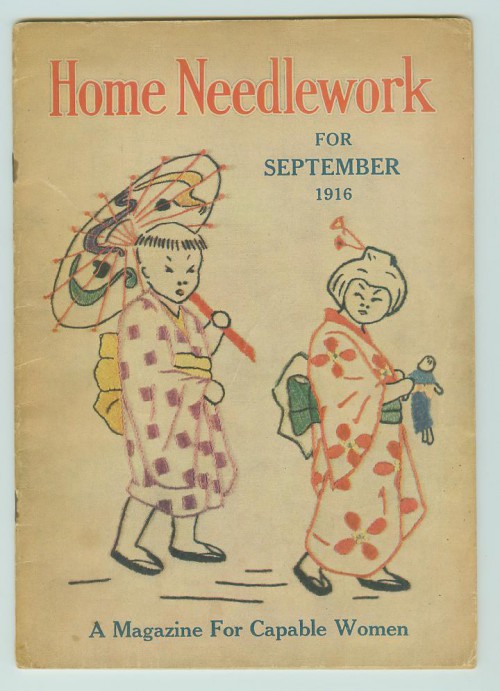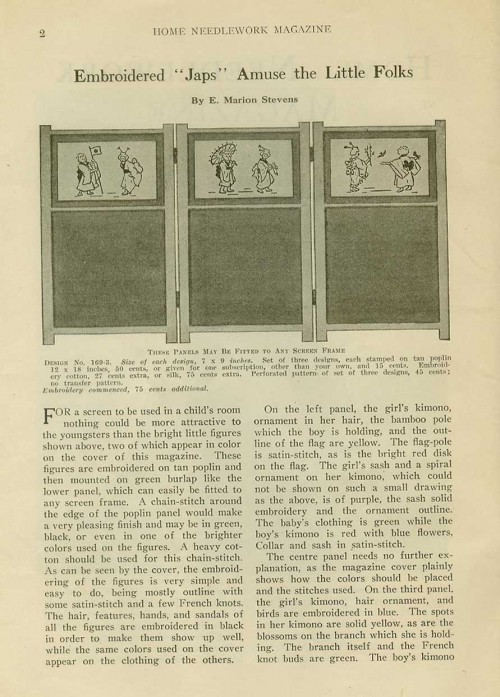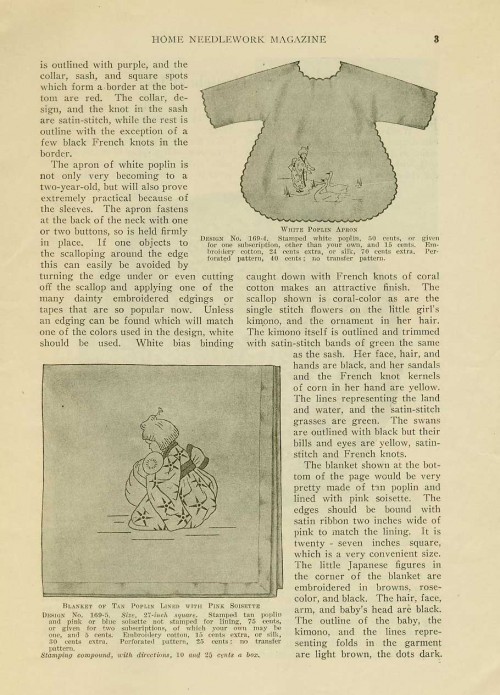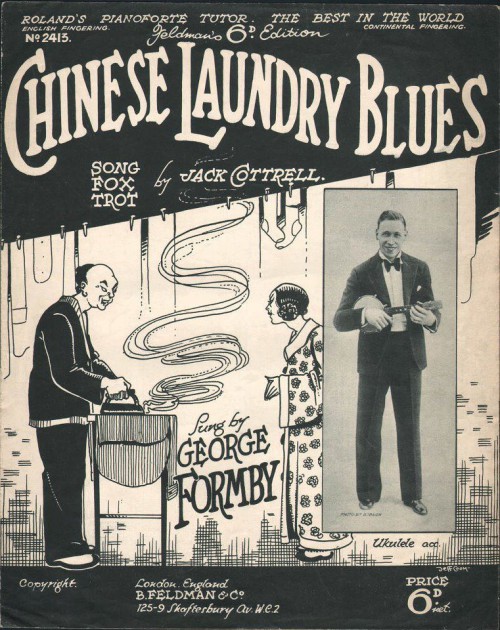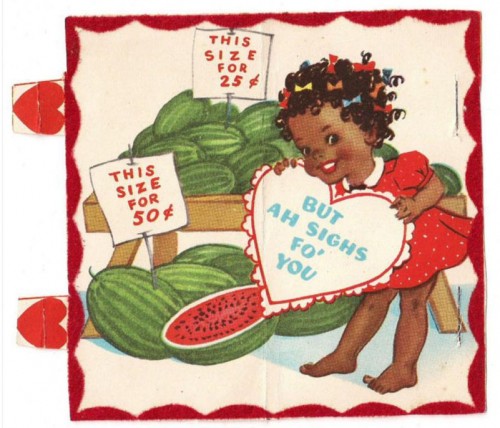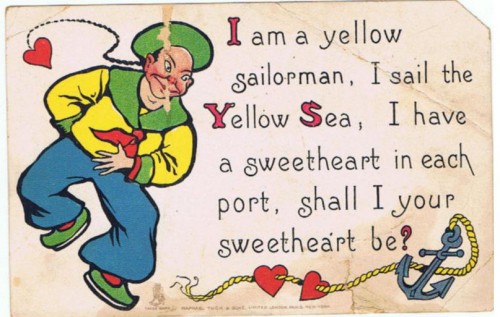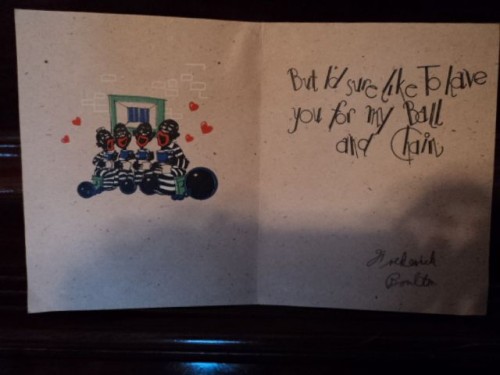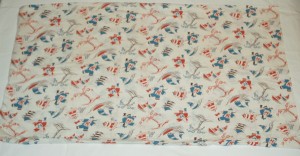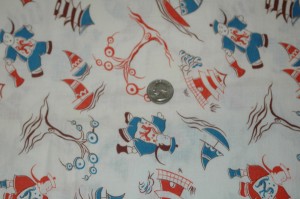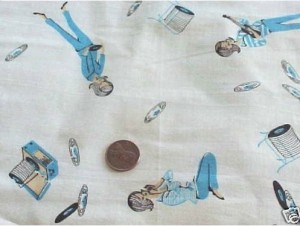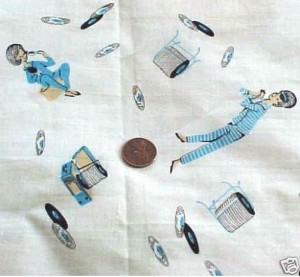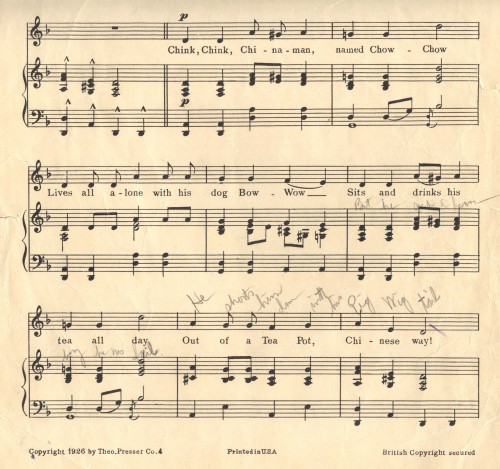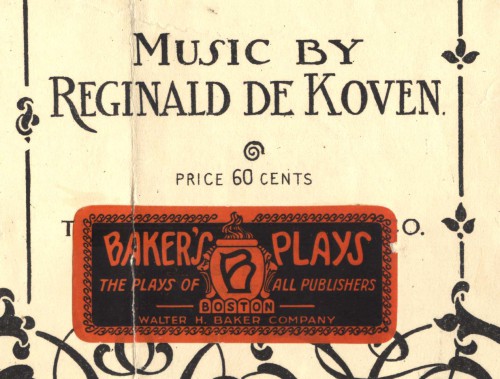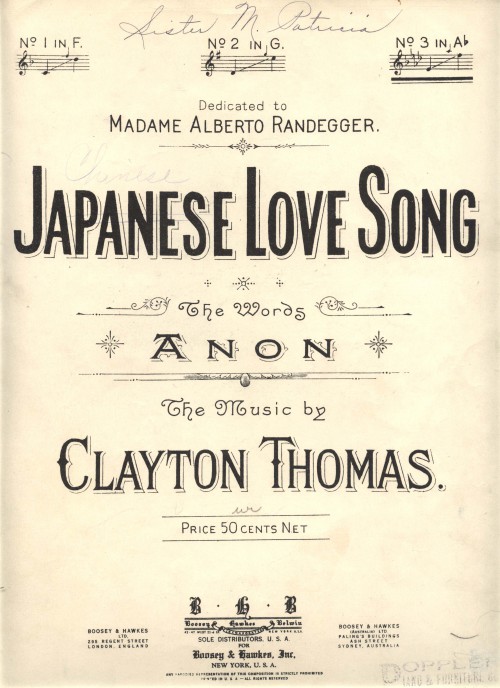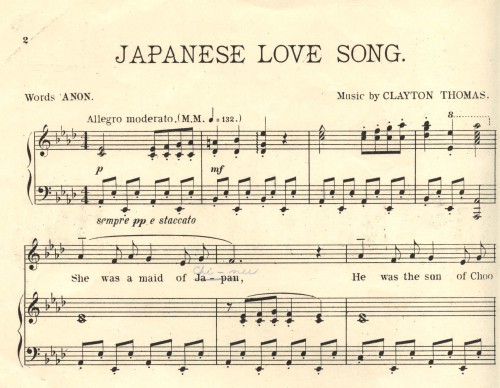Remember practicing kissing and caressing your pillow when you were a teen? Well, there’s a whole movement dedicated to romancing the pillow and other two-dimensional objects in Japan.
According to Lisa Katayama in the New York Times Magazine, there’s a fraction of men in Japan who adopt body-pillow girlfriends and other “2-D” lovers as a substitute for real relationships. These men take their pillow girlfriends out on dates to restaurants, to sing karaoke, to take photo-booth pictures — positioning their stuffed girlfriends gently, “making sure to keep her upright and not to touch her private parts.”
The guru of the 2-D love movement, Toru Honda, a 40-year-old man with a boyishly round face and puppy-dog eyes, has written half a dozen books advocating the 2-D lifestyle. A few years ago, Honda, a college dropout who worked a succession of jobs at video-game companies, began to use the Internet to urge otaku to stand with pride against good-looking men and women. His site generated enough buzz to earn him a publishing contract, and in 2005 he released a book condemning what he calls “romantic capitalism.” Honda argues that romance was marketed so excessively through B-movies, soap operas and novels during Japan’s economic bubble of the ’80s that it has become a commodity and its true value has been lost; romance is so tainted with social constructs that it can be bought by only good looks and money. According to Honda, somewhere along the way, decent men like himself lost interest in the notion entirely and turned to 2-D. “Pure love is completely gone in the real world,” Honda wrote. “As long as you train your imagination, a 2-D relationship is much more passionate than a 3-D one.” Honda insists that he’s advocating not prurience but a whole new kind of romance. If, as some researchers suggest, romantic love can be broken down into electrical impulses in the brain, then why not train the mind to simulate those signals while looking at an inanimate character?
Many single people here in the US might find some of this quite reflective of the culture here; only the display of physical substitutes for romance are less accepted here.
In Japan the fetishistic love for two-dimensional characters is enough of a phenomenon to have earned its own slang word, moe, homonymous with the Japanese words for “burning” or “budding.” In an ideal moe relationship, a man frees himself from the expectations of an ordinary human relationship and expresses his passion for a chosen character, without fear of being judged or rejected.
“It’s enlightenment training,” Takuro Morinaga, one of Japan’s leading behavioral economists, told me. “It’s like becoming a Buddha.” According to Morinaga, every male otaku can be classified on a moe scale. “On one end, you have the normal guy, who has no interest in anime characters and only likes human women,” he explained. “The opposite end, of course, is the hard-core 2-D lover.” Morinaga, a self-described otaku, didn’t have much luck with women until he became a well-regarded economist. Now he has a wife and a private office in a fancy apartment building near ritzy Tokyo Bay. “I’m a 2 — I still like human women better,” he said, a wide grin forming. “But there are many men who are on the opposite side of the scale. I understand their feelings completely. These guys don’t want to push ahead in society; they just want to create their own little flower-bed world and live there peacefully.”
Aside from the large scale physical display & touching, is this any different than the romantic fantasy of soap operas, romance novels, films like Twilight, etc.? I don’t think so. Retreating to a fantasy, love doll, pillow, erotic story ,or dreaming of your own vampire lover is just as sane — or insane, I guess.
Can any be replacements for real human relationships? Can Twilght fandom, eating chocolate, or profuse shopping be as emotionally satisfying as dating? Can rapid page turning of bodice rippers, caressing of printed pillows, or vibrators be as satisfying as real human contact?
Maybe not; but as long as you can tell the difference, know reality from fantasy, they can’t hurt you as badly as divorces, break-ups and rejections either.
That said…
I am creeped-out by the Japanese penchant for underage girls. Most of the Anime characters & other pillow girls seem to be pre-teen & teenage school girls. While that’s disturbing & debatable on it’s own, I don’t find anything wrong with the idea of pillows or 2-D romance per se.
…It’s a bit sad, but no sadder than the girl who buries her nose in a succession of Harlequin romances, downs her emotions in vats of chocolate, etc.

